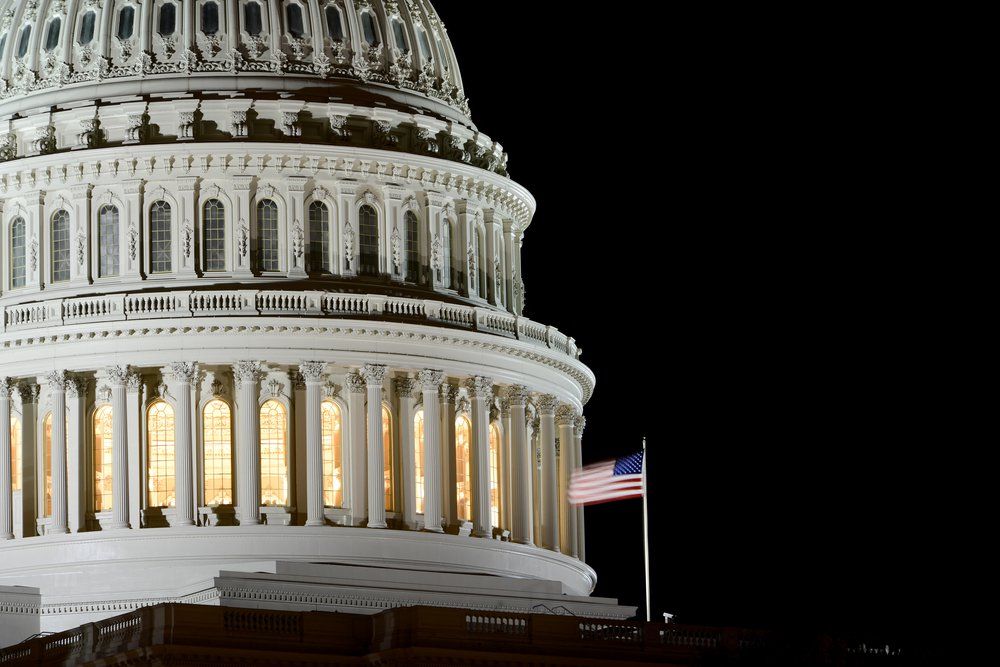Article
Volunteers cut Rx red tape
This doctor's solution was to involve the community. Here's how he got the ball rolling.
Many pharmaceutical companies provide free or discounted medicine to low-income patients, but the paperwork involved has discouraged many physicians from helping their patients use these programs. Internist Raj Dalal knows just how burdensome the task can be.
"We've been involved with prescription assistance programs ever since I opened my solo practice 10 years ago," says Dalal. "But once the practice started to grow, it became impossible to keep up with the paperwork."
Some of the patients in Dalal's Lake Jackson, TX, practice were living on incomes as low as $300 a month. "How can you pay rent, buy food, and pay for medicine on that kind of income?" he asks.
Why not tap the energy and time of active retirees, Dalal thought. So he approached two of his patients, Don and Shirley Gillman, a retired couple active in social service. They listened intently as Dalal explained the problem, and the Gillmans decided to help.
"Without the volunteers, I'd be back at square one"
The couple dove right in, even though they weren't quite sure how to make it work. "We thought we were going to have to do everything from our house, and by ourselves," recalls Shirley Gillman. "Those first three or four months were rough."
But they soon recruited other volunteers-there are now a total of seven. The hospital in Lake Jackson-Brazosport Memorial-pitched in, too, donating a room, computers, and other office supplies for the volunteers to use. The volunteers obtain the information from the patients about which drugs they need, and then pull up the necessary forms based on that data. From there, says volunteer Juan Longoria III, "we fill out all of the paperwork, call the patient when it's completed so that they can sign it, and send it to the physician so he can sign it and add the prescription." Then they submit the forms to the pharmaceutical company. The drugs will then be sent directly to the patient or the physician, depending on the company's protocol. The whole process takes two to three weeks.
"We're helping people who have a need," says Longoria. "It takes time, it takes effort, but it's a ministry. All of us doing this work feel that way." Longoria, who retired from a management position at Dow Chemical 10 years ago, is active in several nonprofit organizations. He worked in the program early on, then left to give time to other commitments. When Don Gillman passed away last summer, Longoria returned to take his place.
Dalal's idea, conceived in September of 2002, has paid off big-time: Most of the physicians in the area use the service and to date, the program has helped 1,000 patients fill almost 8,000 prescriptions, and get more than $6.7 million worth of free medicine.
While the idea of enlisting the community's help belongs to Dalal, he credits the program's success to the volunteers who have donated hundreds of hours of their time. In particular, he praises the Gillmans, who really got it off the ground.
"Without the volunteers, I'd be back at square one," Dalal says. "They're at the center of this program."
Longoria, however, credits everyone for making this work. "It's not just the volunteers, but the doctors, the hospital, everyone. We all play a part."





